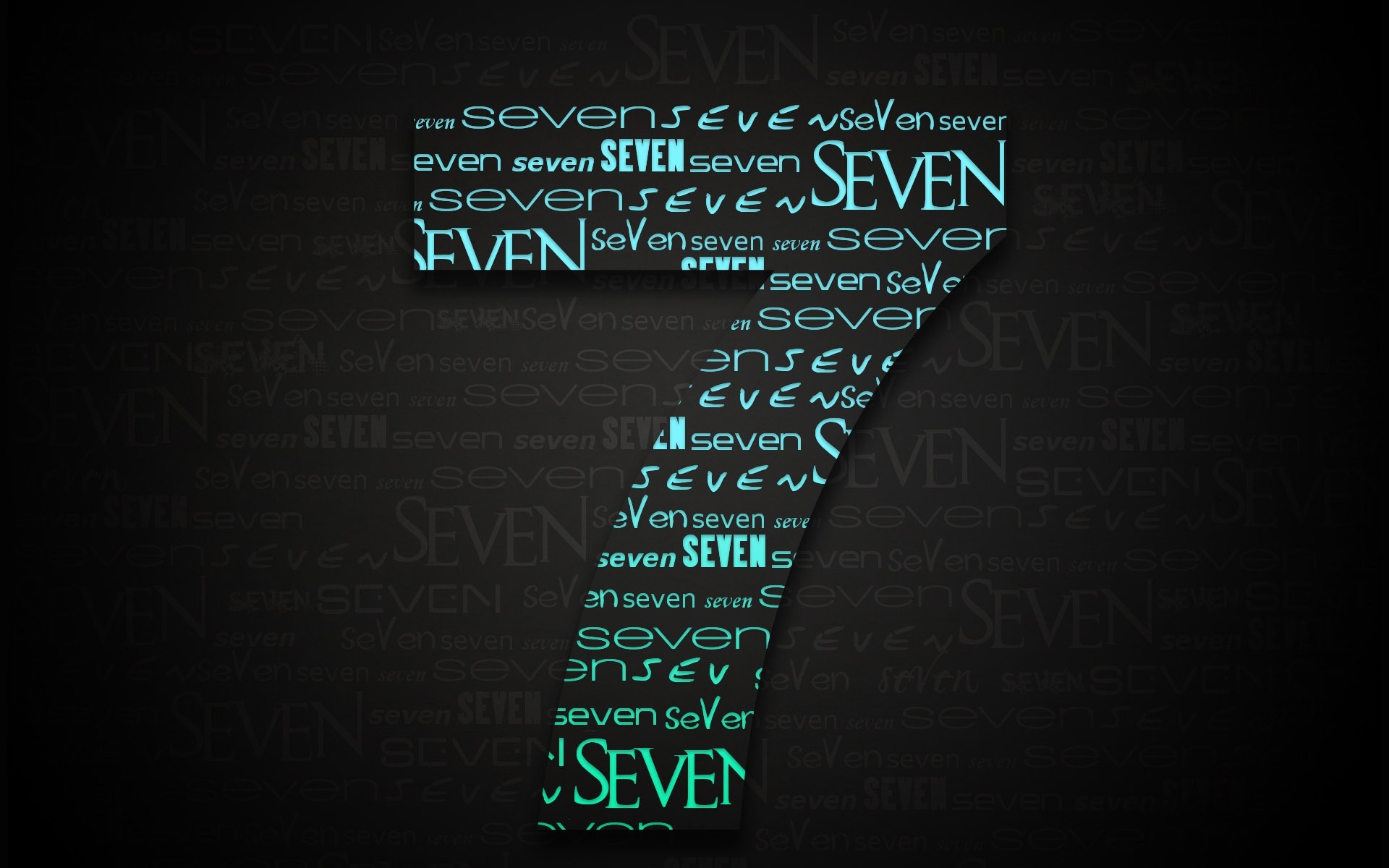7 June 2014
NYWM: Day 7
 The structure of your novel is something that should be considered very carefully because essentially, there is no point in writing a novel if their is no coherent structure. It not only makes for bad reading, but it also creates thousands of loopholes in the plot, making your audience feel underwhelmed and disappointed.
The structure of your novel is something that should be considered very carefully because essentially, there is no point in writing a novel if their is no coherent structure. It not only makes for bad reading, but it also creates thousands of loopholes in the plot, making your audience feel underwhelmed and disappointed.
One of the best things about structuring your novel is that there are plenty of ways to tackle it. Here are two of the most popular ones:
The “simple” structure:
This is the most basic writing structure of all, and it’s something our primary school teachers used to instill in us when we would tackle storytelling. It goes in this formation:
Complication —> Evaluation —> Resolution —> Conclusion
These are defined as:
Complication – What major event(s) happen that introduce the plot?
Evaluation – How does the protagonist react?
Resolution – What does the protagonist do to fix the complication?
Conclusion – The ending.
The Eight Point Arc structure:
If you pride yourself in being a refined writer, the basic structure above can be further elaborated on through the Eight Point Arc structure, created by Veteran writer Nigel Watts and published in his help book Writing a novel and getting published. The points are:
- Stasis – The setting of the story.
- Trigger – Something beyond the main character’s control occurs and introduces the plot.
- The quest – What the protagonist does to recreate the happy setting (stasis) the story was initially set in.
- Surprise – Also known as the twist that takes the reader by surprise.
- Critical choice – The dilemma of the protagonist, where he must make a crucial choice that will affect the outcome of his quest. Think ‘life or death’ kind of situations.
- Climax – The highest point of the story, usually caused by the twist and influenced by the protagonist’s critical choice.
- Reversal – How the critical choice has developed the main character and what’s changed from the beginning of the story.
- Resolution – The ending, which can be happy or sad – whichever takes your fancy.
Opportunities and events
We’re always on the lookout for writers to be featured as part of NYWM. If you’re happy to answer a few questions about you and your writing, please fill out this form.
Music is an excellent way to garner inspiration for your story, and Ricochet Magazine have compiled the best soundtracks to listen to when writing.
“How To Self-Publish Your Passion” is a seminar held in Melbourne on June 14, where self published leaders in food, health and wellbeing will offer their hints and tips on how to get published. Good opportunity to network as well! Register for the seminar here.
“The writer is an explorer. Every step is an advance into a new land.” – Ralph Waldo Emerson



